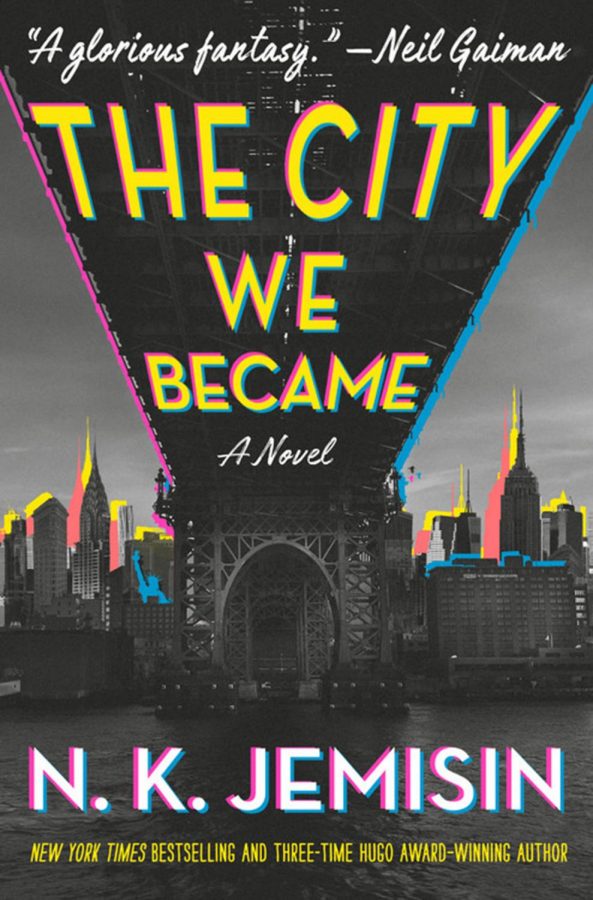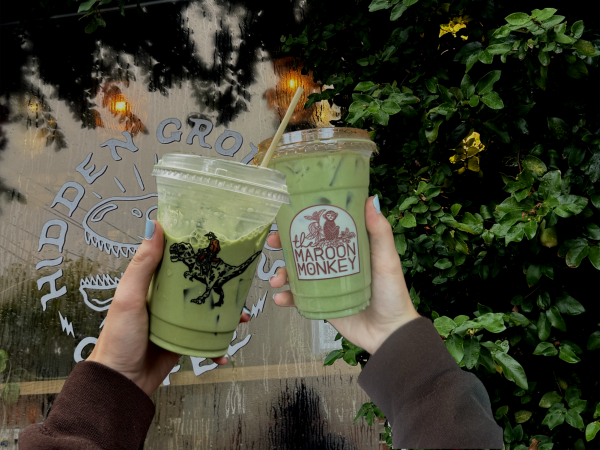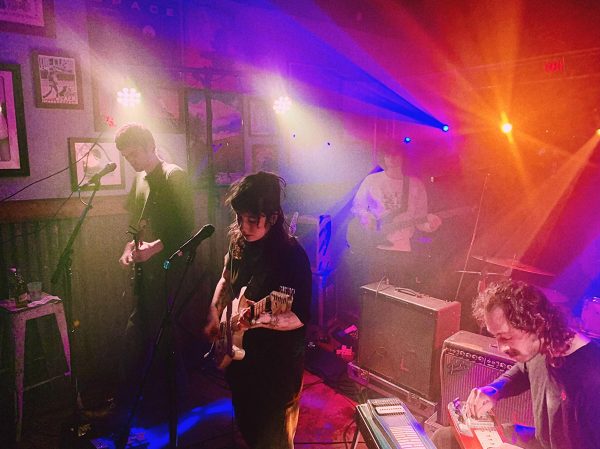Quarantine Book Club: New York City is dormant right now, but “The City We Became” brings it back to life and reminds you of its specialness
“The City We Became” is quite possibly my favorite read so far. N.K. Jemisin has long proved her skill for fantasy writing with her award-winning “Broken Earth” trilogy, but “The City We Became” transcends any genre. The way she presents this story is equal parts poetry and fantasy, both combined in a love epic to one of the world’s greatest cities—New York.
The city follows five New Yorkers, each one representing one of the five boroughs, including Manhattan (Manny), Brooklyn, Queens (Padmini “The Queen”), The Bronx (Bronca) and Staten Island (Aislyn). They don’t just represent the city; they are the city. And the city wants them to save it.
From there, it is so hard to put Jemisin’s writing into a short explanation. She weaves an intricate web of a world, taking measures not to lose you along the way, which cannot be said about a lot of fantasy writers attempting to create less.
The heroes’ world is one that blends the metaphorical and physical, not just in the way she tells the story, but in the character’s understanding of the city and their abilities too. The heroes are their boroughs and embody the sites and culture of each. They protect the city from the Woman in White, an ambiguous villain intent on eliminating the city from reality. The heroes do this by wielding their borough’s features like traffic, art, sounds and even stolen land.
That’s right. Jemisin, as a black woman, does not shy away from pointing out the cruel foundations on which her beloved city rests. She shows the racism and sexism that her characters of color and women face, has The Bronx deal with alt-right artists, and she even creates her Staten Island hero as a sheltered bigot. In one of the fights with the Woman in White, Brooklyn and Manhattan use money to loosen the villain’s grip over stolen land of New York’s natives. This honest view of New York City is imperative to the city’s persona, and it is a unique experience to read such a story from a writer that knows exactly how to wield this information.
At first, I was wary of the book forcing the relationship between city and person into too much of literal representation, but that fear was quickly subdued by Jemisen’s expert ability to blend her characters with the character of the city. And trust me, there is so much to work with. However, she does not waste time with exposition that does not serve the current action, meaning you will only learn bits of the world she’s creating in periodic increments. This pacing along with her ambiguous storytelling might make you think harder to sort out the plot, but “The City We Became” is much easier to read if you understand Jemisin’s intentions.
This book is much more than a fantasy and adventure tale. It does not last just moment to moment, action to the next action, but it acts as one long ballad to the city that never sleeps. This is an ode from someone who knows the city, the whole city, beyond its surface level and from someone not afraid to reckon with its flaws. Jemisin wants her readers to feel the amazement, love and aliveness of New York and this fantasy world is just the means to convey that. This is not a fantasy for fantasy’s sake—it is the freedom to express a city beyond words.











